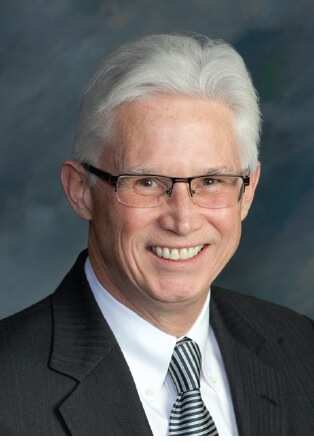THE PRE-MEDIATION MEDIATION – WHEN, WHERE AND WHY
Posted on Feb 10, 2017 |Publications
 By: Richard P. Byrne, Esq.
By: Richard P. Byrne, Esq.
January, 2016
As any practitioner who has represented a plaintiff in a lawsuit knows, nothing is more frustrating than spending a day at Mediation where the Mediator is consumed with issues among and between the defendants. Adding insult to injury, the Mediator is then ultimately unable to bring anything forth to the plaintiff by day's end beyond what may be perceived as a meager opening offer. This is oftentimes encountered in construction defect claims or product liability litigation, for example, where issues of risk transfer, i.e., contractual indemnity and additional insured status, take center stage among the defendants and their insurers.
Conducting such Mediations within a Mediation can thus potentially leave a number of the parties and, particularly, the plaintiff, unsatisfied because there are simply too many acts for the ringmaster to oversee.
A better practice is to first conduct an “informational meeting” as opposed to an initial Mediation session (termed as such to manage the attendees' expectations). This “informational meeting” allows the Mediator to then schedule one or more pre-Mediation sessions among the defendants. The goal being to build a mechanism by which offers can be funded without having to re-visit and re-negotiate issues among the defendants each time a new demand is received from the plaintiff and an increased offer is to be communicated.
To begin, the Mediator needs to identify the points on which the defendants (or sub-sets of the defendants) have common interest. The corresponding effort is to aggregate those issues on which the defendants differ among themselves and to assess which “camps” each may belong. In doing so, the Mediator is often grappling not only with the traditional questions of liability and exposure as presented in cross-claims and third-party practice, but issues of insurance coverage and the priority of that coverage – which, in and of itself, can present layers of intense complexity. Nonetheless, all of this should be confronted and wrestled to the ground before undertaking dialogue with the plaintiff.
To that end, once the issues among the defendants are adequately identified, a hierarchy needs to be developed, placing each defendant on a spectrum for purposes of participation at the Mediation. Ideally, an acknowledgment should then be secured from the defendants, if at all possible, that the line-up is not arbitrary or irrational and that, in an admitted fashion of “rough justice”, the hierarchy could form a foundation for continued discussions.
Next, those discussions should move into the realm of allocated percentages of participation, so that a means of funding can be constructed. Of course, each and every defendant will inevitably say “it all depends on a percentage of what?”, but that is a signal to the Mediator that the dialogue can now proceed to the collective interest of the defendants – that is, contesting the claims of the plaintiff and disputing their value. Also, it is helpful to seek consensus on what the defendants agree would represent a reasonable settlement range. Hopefully, by this point, the defendants are beginning to eye the prospect of resolution. This point cannot be reached, however, without keeping matters from over-heating on Day 1 when the defendants' independent issues can lead to infighting, discouragement and, perhaps, a rejection of the process altogether. Thus, the better practice is to stage matters where, at each step, issue by issue, the parties see incremental progress and compromise, allowing them to envision and ultimately achieve the final goal of a global resolution.
___________________________________________________________________
Richard P. Byrne, Esq., is a member of NAM's (National Arbitration and Mediation) Hearing Officer Panel and is available to arbitrate and mediate cases throughout the United States. In 2018, for the fourth year in a row, he was voted one of the Top 3 Mediators in the country by National Law Journal Reader Rankings Survey and for the second year in a row, he was named a National Law Journal 2017 Alternative Dispute Resolution Champion, as part of a select group of only 37 nationwide. Further, for the fourth straight year, he was voted a Top Ten Mediator in New York State by the 2017 New York Law Journal Reader Rankings Survey.
Click here to view Richard Byrne's resume.
For any questions or comments, please contact Jacqueline I. Silvey, Esq. / NAM General Counsel, via email at jsilvey@namadr.com or direct dial telephone at 516-941-3228.